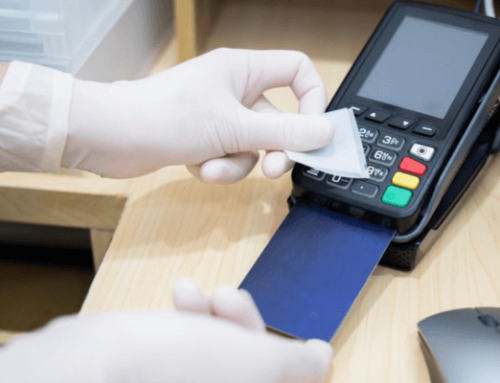
I knew that behind the simple contactless payments that you receive in your shop, there is a complex network of financial relationships that ensure that the transaction is carried out in the practical and fast way that we are used to?
The unblocker of this whole process, i.e. the entity that allows businesses to receive the profit from their sales, goes by the name of Acquiring Bank and it is this that we are going to focus on throughout this article, trying to explain to you what it is and how this kind of payment processing intermediary works.
What is an Acquiring Bank and how does it work?
Acquiring Bank is a type of company in the financial market that allows a shop, whether physical or online, to receive payments via credit and debit cards. This institution has contracts with the main card issuers (Visa, Mastercard, for example) and is responsible for enabling retailers, whether physical or online, to receive payments from all types of cards.
In addition, the Acquirer is also responsible for receiving the money from the bank that issued the card that the customer used to make purchases in your shop and transferring the amount of the sale to your bank account.
In simple terms, the Acquirer serves as the "transporter" of the money from the client's bank when a e-commerce payment or by TPA (automatic payment terminal) to the bank account of the company to which you made the payment.
This is exactly what REDUNIQ does. Behind every physical shop that offers a Contactless TPA such as REDUNIQ Smart, a terminal which, in addition to accepting contactless payments by card, chip, MB WAY, Google Pay and Apple Pay, incorporates a set of management apps that help businesses and allow them to be fully mobile and digital, or an online shop that offers customers one of the solutions of online payments of REDUNIQ, such as REDUNIQ E-Commerce or the REDUNIQ@Payments (for those selling online without a website), REDUNIQ is acting as an acquiring bank to ensure that all retailers receive the proceeds of their sales safely, quickly and efficiently.
If, for any reason, the transaction is not authorised, REDUNIQ will immediately inform the company of the reason, so that it can take the necessary steps to resolve the problem.
Acquiring banks like REDUNIQ are licensed by financial regulators to relay transactions. This licence is obtained through a long and complex administrative process, which involves meeting the regulatory requirements of the financial institution as well as the requirements of the card issuers.
You have just accepted a payment in your online shop via your payment service provider (PSP). The transaction is underway. What happens now?
In the case of REDUNIQ, these two worlds (acquiring bank and payment service provider) merge into one, but there are other cases where this is not the case. In the latter situation, the process is longer and slower than in the first case and begins with the payment service provider connecting to the acquirer who, in turn, sends a request to the card issuer to authorise the payment. The request then goes to the issuing bank, which in turn checks that the customer has enough money or credit available to complete the transaction.
When the payment is authorised, the acquirer will recover the funds. The acquirer reserves the funds (minus the cost of the transaction) in the retailer's account set up for this purpose and the money is transferred to that account within a couple of days.
As you can see, in this type of transaction where the payment service provider and acquiring bank are different entities, it can be complicated to disentangle which party is responsible for which service in the transaction flow.
For example, in addition to offering procurement services through third parties, a payment service provider can also help you accept payments. This can be convenient, as you will only need one payment provider, as is the case for those who entrust their payments to REDUNIQ.
Fees acquisition
The fees charged by acquirers, also known as the retailer's discount rate, are surprisingly low (they are usually based on transaction volume) and play a very small role in the actual credit card transaction. Most of the fees and costs come from add-on fees and interchange fees.
Given the small fees they receive, acquirers assume most of the risk in the credit card transaction process, since retailers' accounts are considered lines of credit. For this reason, acquirers don't offer accounts to all retailers and require the use of third-party organisations to provide support for those who don't meet the requirements.
Even though acquirers basically work in the background, they play a very important role in the process of accepting transactions, since they provide the necessary solutions for retailers to accept credit card payments.


